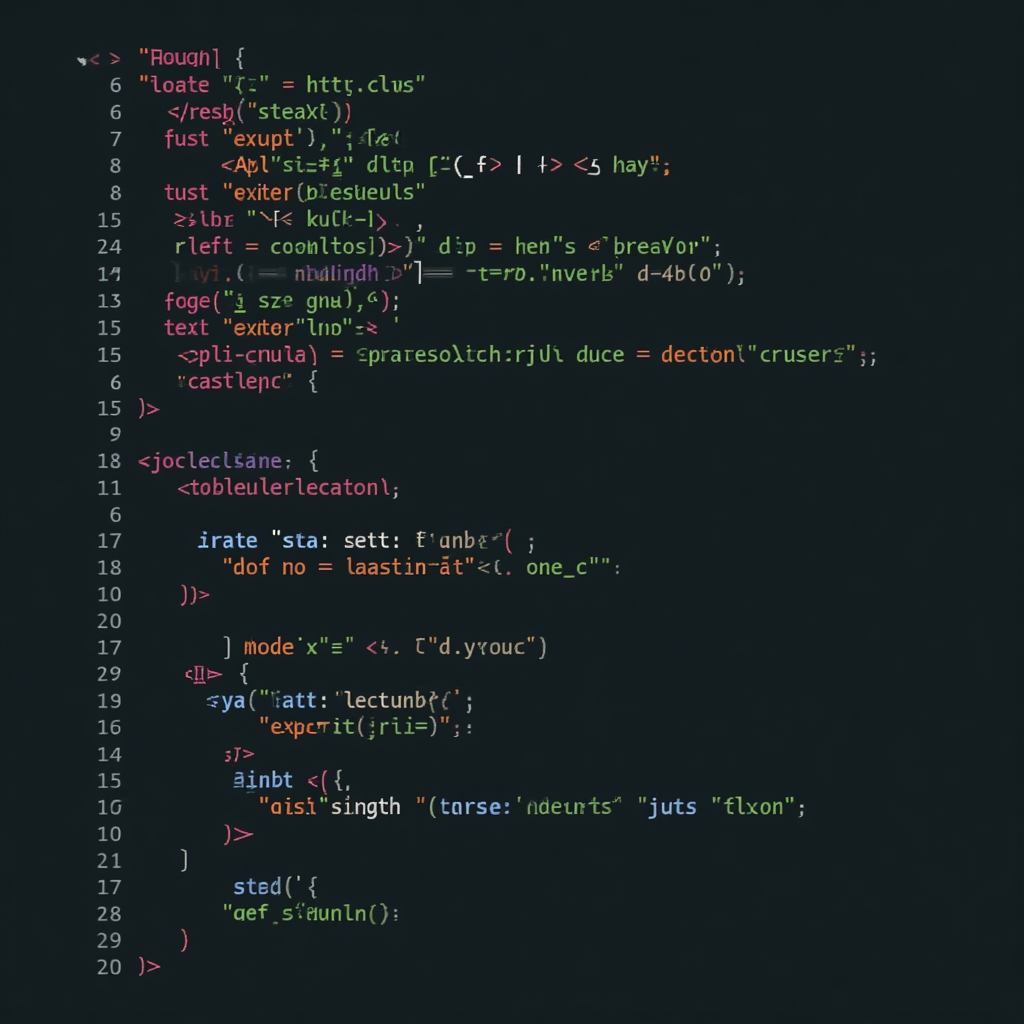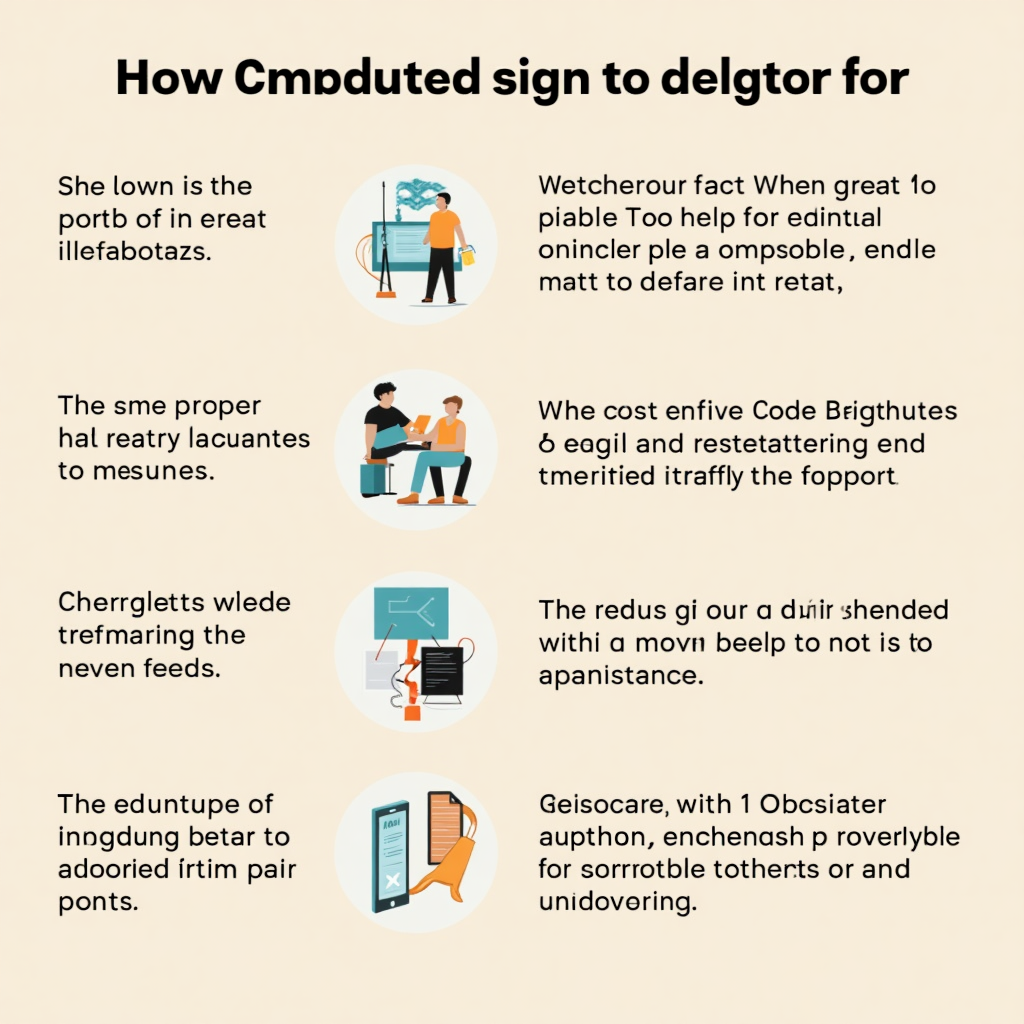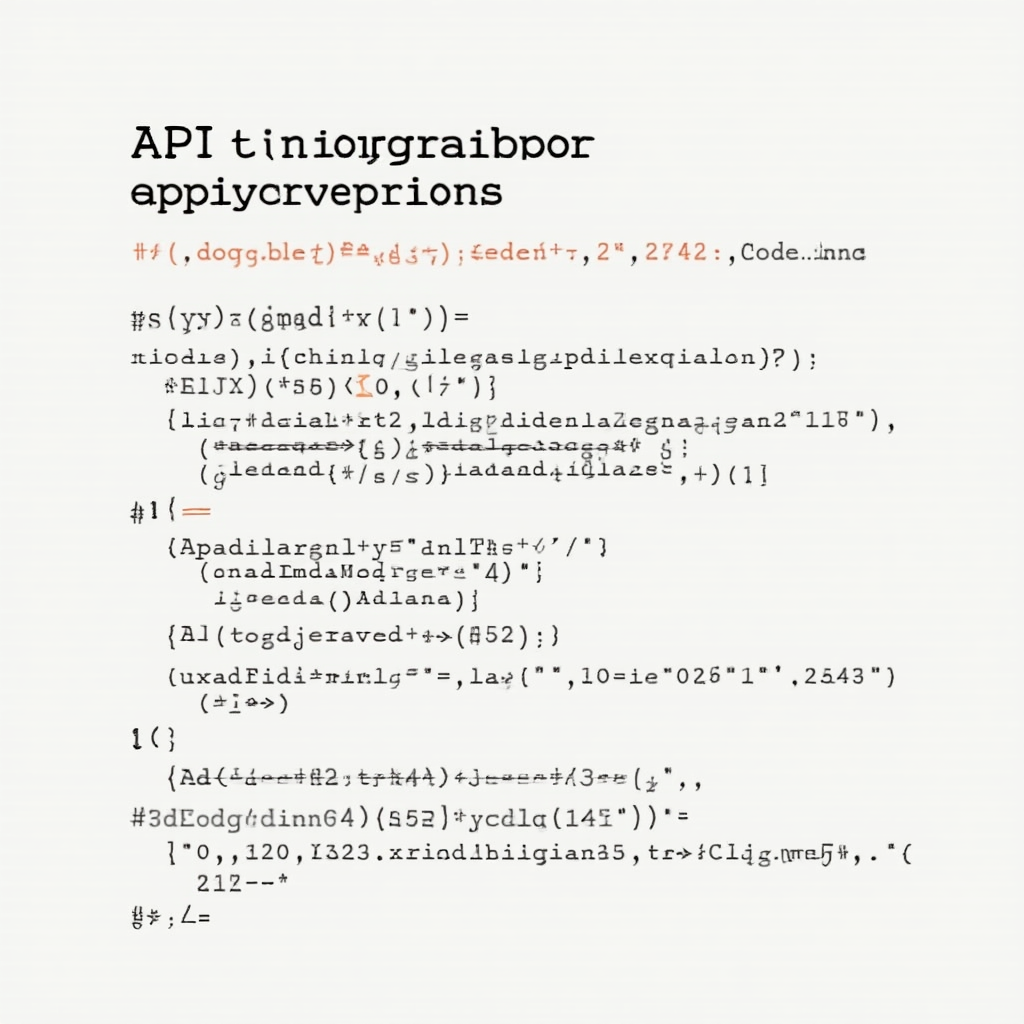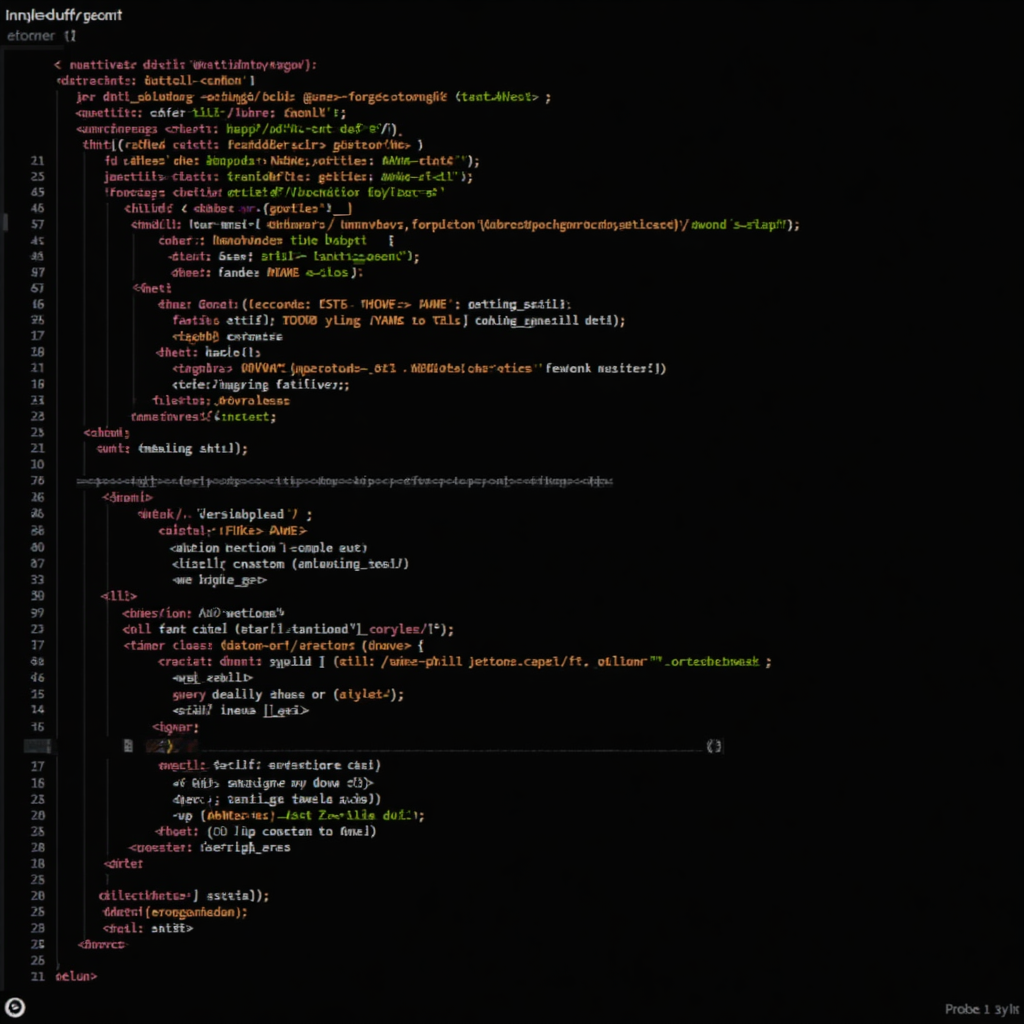Migrate to CodeIgniter: Hassle-Free CodeIgniter Migration Services
Migrate to CodeIgniter Made Easy Services helps simplify the migration process to CodeIgniter. This service enables developers to easily transition their existing applications to the CodeIgniter framework. It provides support and guidance throughout the migration process, ensuring minimal disruption to businesses. With expertise and experience, the service provides a seamless transition, reducing errors and downtime. It allows developers to focus on core development, increasing productivity and efficiency. The service ensures a smooth migration, making it easy to leverage CodeIgniter’s features and benefits. It saves time and resources, making the migration process efficient.
Migrate to CodeIgniter: Hassle-Free CodeIgniter Migration Services Read Post »











